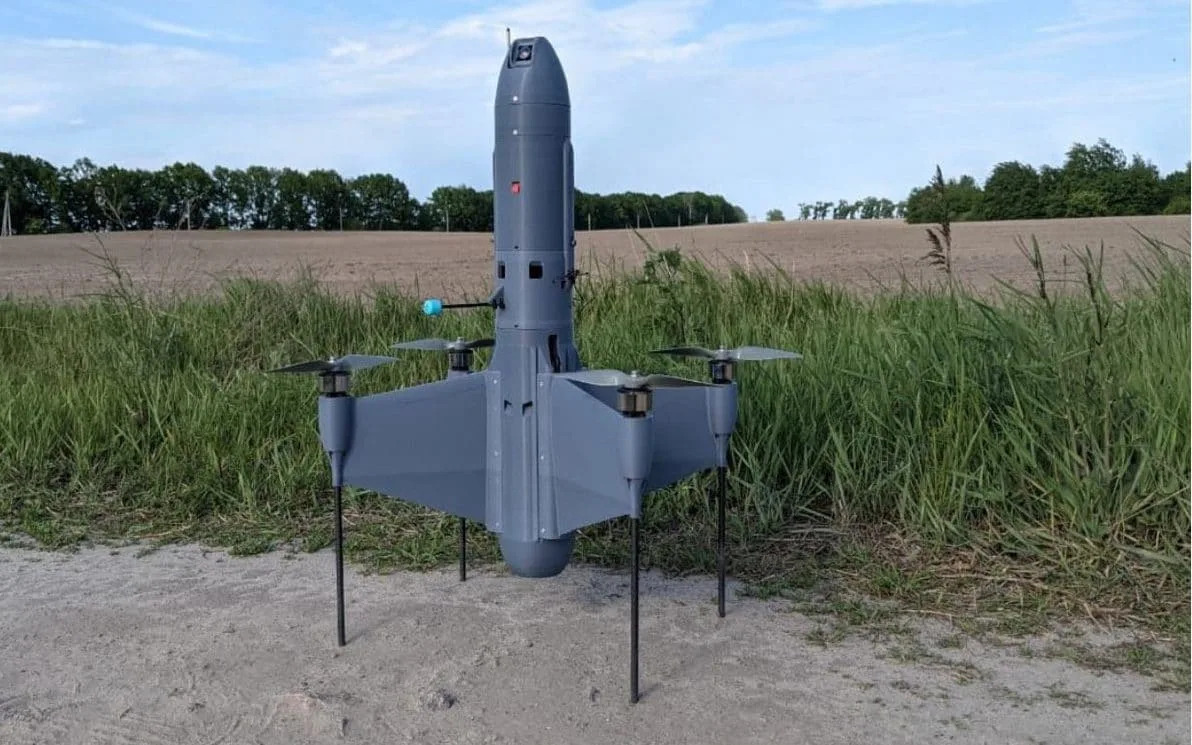
Shortly before dawn on July 9, Russia had fired 728 drones and 13 missiles into Ukraine, making it the largest Russian aerial bombardment of the war so far.
The previous record had been set on July 4, and the one before that five days earlier.
Russia’s “swarm” warfare, enabled by its ability to mass-produce low-cost, long-range attack drones, has exhausted and overwhelmed Ukraine’s air defences, allowing targets to now be hit three times the typical rate.
With its stocks of Western air defence missiles depleted and Russia’s Iranian-designed Shahed-type drones flying faster, higher and with greater precision, Ukraine has become increasingly vulnerable.
Credit: X / @wartranslated
Volodymyr Zelensky had set a target by the end of July for Ukraine to produce 1,000 interceptor drones a month and blunt Russia’s relentless drone offensive.
The Ukrainian president bet big, estimating it would cost £4.4bn to ramp up production and train more pilots.
The maths makes sense. It costs £3m to fire an interceptor missile from a US-made Patriot system – or £400,000 for those from the European IRSI-T – to knock out a £50,000 Shahed or possibly even a cheap decoy.
Ukraine’s new anti-aircraft drones, however, cost as little as £1,000 to £4,000.
Depending on the interceptor, they either smash into their target, blow up next to it or shoot it down. Those being produced now have to be able to hunt the newer Shahed variants that are flying out of range of truck-mounted machine gun units, a core pillar of Ukraine’s air defence.
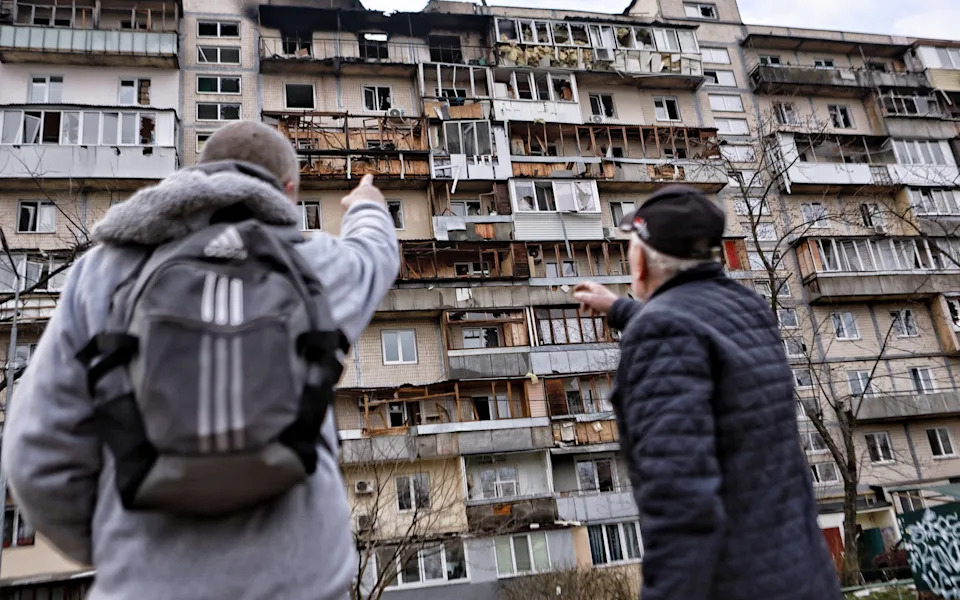
Kyiv already has a huge domestic drone industry manufacturing cheap but highly effective unmanned aerial vehicles (UAVs) en masse and quickly adapting them to the evolving aerial battlefield.
To domestically produce a low-cost air shield will depend on time, money and whether it can defend against newer Russian drones.
In July, Ukraine’s military signed a major deal with Swift Beat, a company belonging to Eric Schmidt, the former Google chief executive, to mass-produce “hundreds of thousands” of AI-driven drones. Sources say the company’s three drones – kept secret for security reasons – are responsible for 90 per cent of Shahed interceptions.
One of Ukraine’s newest domestically-produced interceptors is the Bagnet (Bayonet) UAV, which is being lauded as the “Shahed killer”. Purpose-built to down the lethal munitions, it can match the increased speeds of the Shahed (up to 150mph), fly at altitudes of 16,500ft with a 10-mile range.

It is currently being used by several Ukrainians on the frontline, with confirmed successes. Five defence companies are now mass producing it for the military.
Wild Hornets, a Ukrainian UAV manufacturer, this month showed its “Sting” interceptor drone flying at speeds of up to 195mph, making it one of the fastest first-person-view drones on the market.
Less than a year ago, the Sting flew at half the speed. Now, pilots have used the $2,500 (£1,860) model to down at least 100 Shaheds, the company said.
It’s a small contribution in the fight against Russia’s drone attacks – it launched 6,129 Shahed-type drones in July alone, 14 times the amount launched in July 2024.
“Ukrainians feel they have found the technical solution to Russia’s exponential increase in production of Shahed-type drones, but now it is a matter of scaling it up,” John Hardie, deputy director of the Russia programme at the Foundation for Defence of Democracies, told The Telegraph.
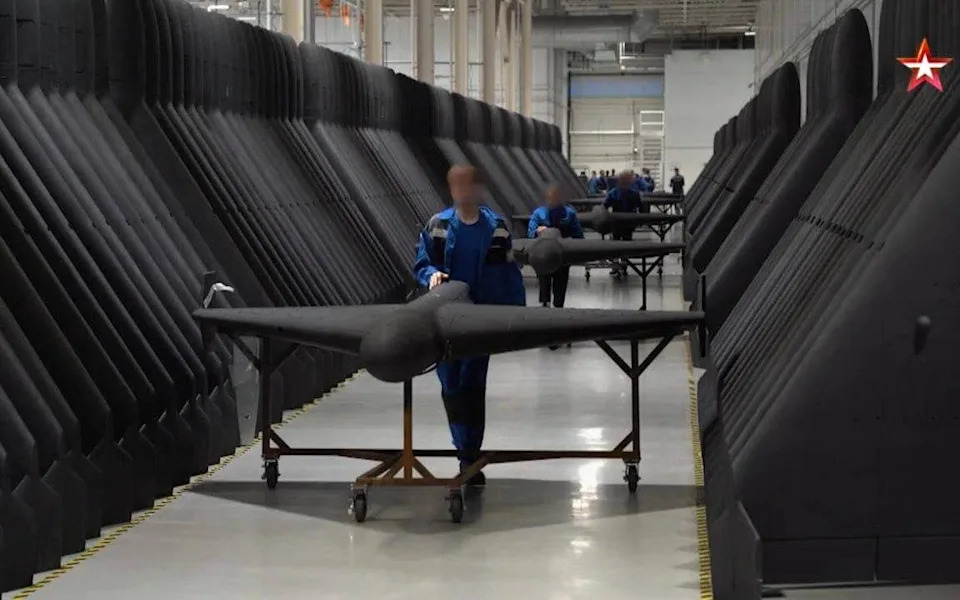
He said Kyiv had already proved it was up to the task, given its success in mass-producing interceptor drones to target Russian reconnaissance drones last year, which helped to blind Moscow’s eyes in the sky. “I was sceptical it could be done, but it could,” he said.
The results are likely to be seen in “six months to a year”. It’s not as simple as producing drones – the pilots need to be trained and radar stations built. “And then comes the adaptations,” he said.
And yet the aerial battlefield changes fast. Ukraine has the edge now – but how long this lasts is unclear, said Mr Hardie. Some of Russia’s attack drones are starting to show an ability to counter Ukraine’s new interceptors. It’s a cat and mouse game, with both sides locked in a technological race to gain the edge in a sky filled with drones.
“The dance never really stops,” he added.
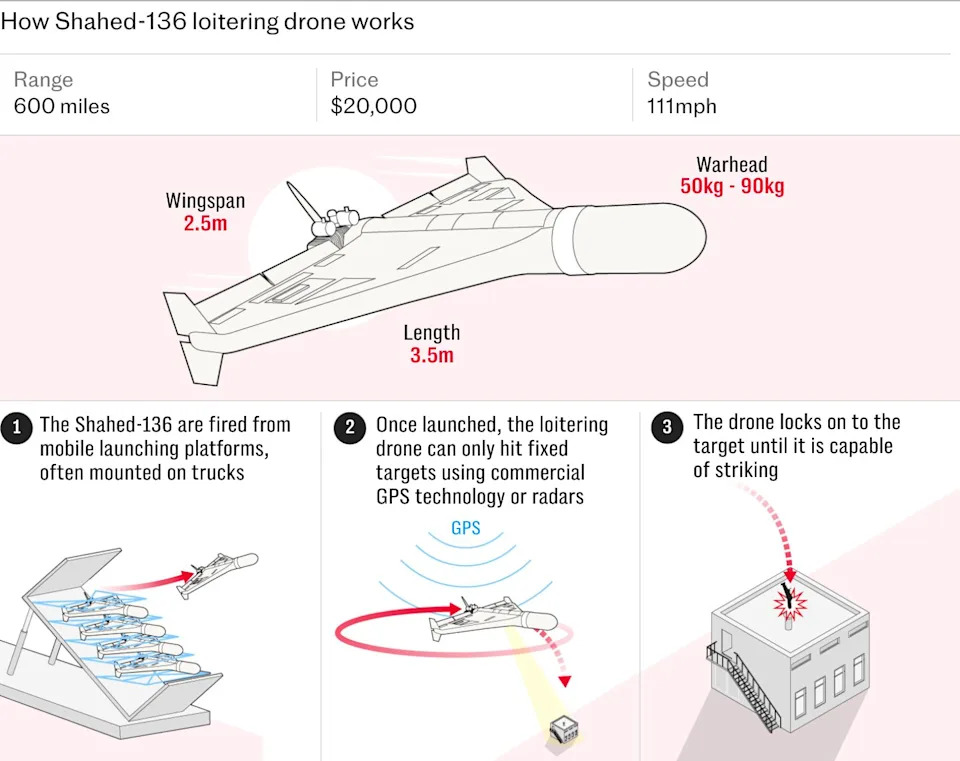
Valerii Riabykh, a Ukrainian weapons expert and the editor of Defence Express, said: “Frankly speaking, it should take some time for Ukraine to have enough interceptor drones to combine them in an efficient system to counteract enemy suicide drones.”
The state is also still playing catch-up. Ukrainian charities that crowdfund weapons through civilian donations have been supplying military units with interceptor drones for almost a year.
Taras Tymochko, a consultant from one of the largest of them, Come Back Alive, said that they now supply interceptors to 90 units and that over 3,000 Russian drones have been downed as a result, including 100 Shaheds.
He told The Telegraph: “The Shaheds became the main weapon of terror attacks on our civil population. We needed to increase our capabilities”.
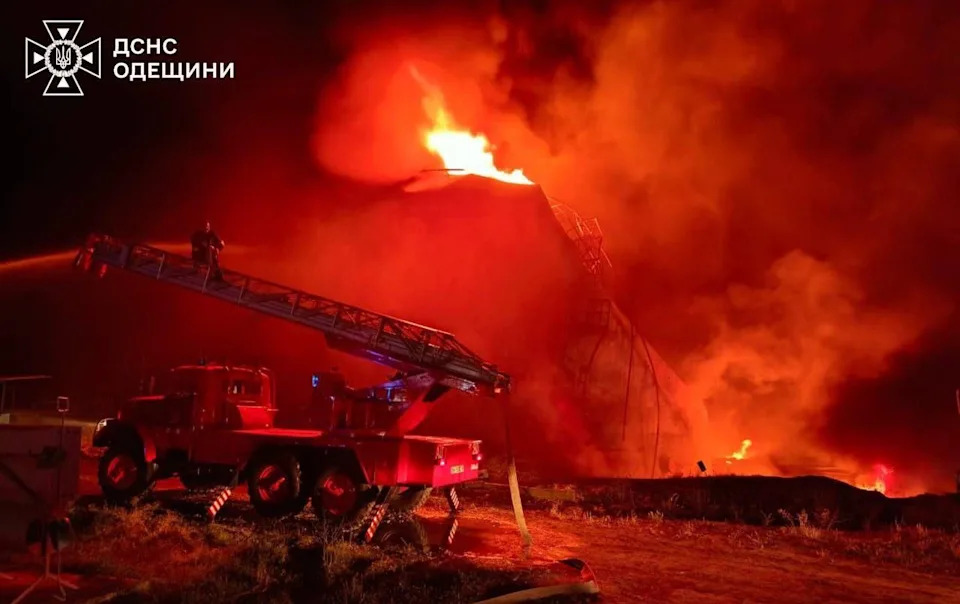
Mr Tymochko estimates the value of downed Russian drones at $195m (£145m), over a dozen times more than the cost of the drones and equipment handed over under the project. “When it comes to cost, it cannot be compared,” he said.
But interceptor drones are no silver bullet to sealing the holes in Kyiv’s air defences.
The small propeller-powered interceptor drones are also no match for Russian missiles, or for its new jet-powered Shahed-type Geran-3 drones, which can fly at up to 500mph and are difficult to catch and being launched in increasing numbers.
It also does not solve the issue of Russia’s ability to launch cheap mass attacks of drones and decoys all across Ukraine at once as there are simply not enough Ukrainian drone pilots to target them all.
“They will change the future of air defence, but they won’t replace conventional systems, they will compliment them,” he said.
That future is coming – just not yet.





Comments